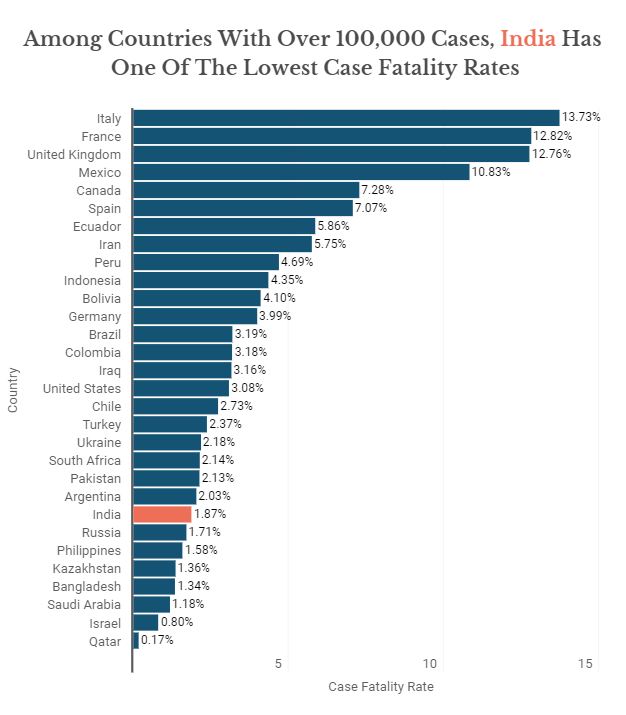Understanding the leading causes of death is crucial for public health awareness and prevention strategies. This comprehensive analysis explores the primary factors contributing to mortality rates globally, examines their implications, and highlights preventive measures.
Mortality statistics provide a sobering look at public health. By analyzing the leading causes of death, we can identify trends, recognize risk factors, and implement targeted interventions. This blog delves into the most significant causes of death worldwide, their underlying factors, and the implications for individuals and communities.
Table of Contents

The Global Landscape of Mortality
According to the World Health Organization (WHO), the leading causes of death vary significantly between countries and regions. However, certain health conditions consistently rank high on mortality lists.
1. Cardiovascular Diseases :
Cardiovascular diseases (CVDs), including heart attacks and strokes, remain the leading cause of death globally. Factors contributing to CVDs include:
– Unhealthy Diet: High in saturated fats, sugars, and salt.
– Physical Inactivity: Sedentary lifestyles increase the risk.
– Smoking: Tobacco use is a major risk factor.
– Hypertension and Diabetes: Chronic conditions that significantly elevate risk.
Prevention Strategies:
Encouraging healthier diets, regular exercise, and smoking cessation can mitigate risks associated with cardiovascular diseases.
2. Cancers :
Cancer is another leading cause of death worldwide. The most common types include lung, breast, and colorectal cancer. Risk factors include:
– Genetics: Family history plays a significant role.
– Environmental Factors: Exposure to carcinogens, such as asbestos or tobacco smoke.
– Lifestyle Choices: Poor diet, lack of exercise, and alcohol consumption.
Prevention Strategies:
Regular screenings, vaccinations (like HPV and Hepatitis B), and lifestyle modifications can help reduce cancer incidence. Also use of Alkaline water (9.5 to 11.5 pH) is best and uprising treatment for tumor cells.
3.Mosquitos :
Mosquitoes are responsible for millions of deaths each year primarily through the transmission of diseases. Mosquito-borne diseases often thrive in areas with poor healthcare, inadequate vector control, and environmental factors that support mosquito breeding. Efforts to reduce mosquito populations and prevent bites, along with vaccination where available, are crucial in controlling these diseases. They are vectors for several serious illnesses, including:
1. Malaria : Caused by parasites transmitted through Anopheles mosquitoes, malaria leads to severe illness and can be fatal, especially in young children and pregnant women.
2. Dengue Fever: Transmitted by Aedes mosquitoes, dengue can cause severe flu-like symptoms and complications, leading to death in severe cases.
3. Zika Virus : Also spread by Aedes mosquitoes, Zika can cause serious birth defects if contracted during pregnancy.
4. West Nile Virus : This virus can lead to neurological diseases and death, especially in the elderly.
5. Yellow Fever: Transmitted by Aedes and Haemagogus mosquitoes, yellow fever can cause liver damage and death.
Prevention Strategies: -Use insect repellents any time you are outdoors.
-Wear long-sleeved clothing.
-Schedule outdoor activities to avoid the hours from dusk to dawn during peak mosquito season.
-Repair damaged window and door screens.
-Remove standing water from the areas around your home.
4. Respiratory Diseases :
Chronic respiratory diseases, such as chronic obstructive pulmonary disease (COPD) and asthma, are significant contributors to mortality, particularly in low- and middle-income countries. Key factors include:
– Air Pollution: Both outdoor and indoor air pollution can exacerbate conditions.
– Smoking: A leading cause of respiratory issues.
– Infections: Pneumonia and influenza can be deadly, especially in vulnerable populations.
Prevention Strategies:
Improving air quality, promoting smoking cessation, and increasing vaccination rates can help combat respiratory diseases.
5. Infectious Diseases :
While advanced medical care has reduced the impact of many infectious diseases, they still pose significant threats in various regions. Major infectious diseases include:
– HIV/AIDS: Continues to affect millions globally.
– Tuberculosis (TB): A leading cause of death in low-income countries.
– Malaria:** Endemic in many tropical regions.
Prevention Strategies:
Strengthening healthcare infrastructure, increasing access to vaccines, and promoting awareness are vital to controlling infectious diseases.
6. Accidents and Injuries
Unintentional injuries, including road traffic accidents, falls, and drownings, are a leading cause of death, particularly among younger populations. Factors contributing to accidents include:
– Substance Abuse: Impairment due to alcohol or drugs.
– Lack of Safety Measures: Not using seatbelts or helmets.
– Environmental Hazards: Poor infrastructure.
Prevention Strategies:
Promoting safety education, improving infrastructure, and enforcing traffic laws can help reduce injury-related fatalities.
7. Diabetes
Diabetes, particularly type 2, is on the rise due to increasing obesity rates and sedentary lifestyles. Risk factors include:
– Obesity: A significant risk factor for developing type 2 diabetes.
– Genetics: Family history can increase susceptibility.
– Diet: High sugar and processed food consumption.
Prevention Strategies:
Encouraging healthy eating, physical activity, and regular health check-ups can help manage and prevent diabetes.
Conclusion
Understanding the leading causes of death is essential for developing effective public health strategies and improving population health. By addressing the risk factors associated with these diseases, we can implement preventive measures that save lives. Collaborative efforts between governments, healthcare providers, and communities are vital to reducing mortality rates and fostering healthier societies.
Call to Action
Stay informed and proactive about your health and encourage others to do the same. Support public health initiatives in your community and advocate for policies that promote healthy living. Together, we can make a significant impact on reducing the leading causes of death worldwide.



3 thoughts on “The Leading Causes of Death: Unveiling Hidden Secrets !”